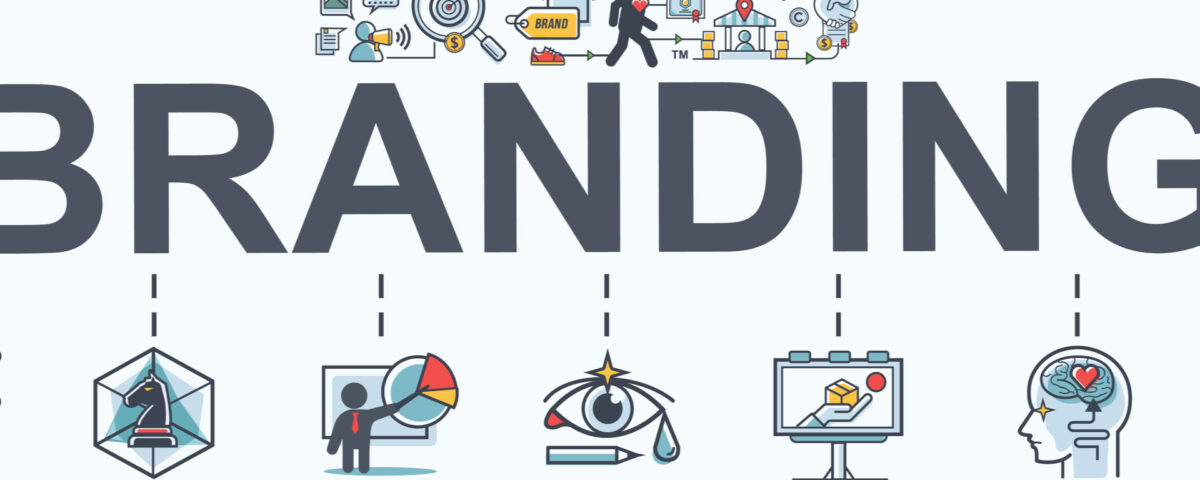The Ultimate Guide to Branding: Building a Strong Brand Identity

The Ultimate Guide to Illustration: Enhancing Visual Communication
May 22, 2024
The Ultimate Guide to Motion Graphics: Bringing Visuals to Life
May 22, 2024The Ultimate Guide to Branding: Building a Strong Brand Identity
Introduction to Branding
Branding is the process of creating a unique identity for a business that distinguishes it from its competitors. It encompasses everything from a company’s name, logo, and design to its overall image and reputation. Effective branding communicates what a company stands for and attracts the right audience, fostering loyalty and trust.
Thank you for reading this post, don't forget to subscribe!The Importance of Branding
Branding is crucial for several reasons. It helps businesses establish a strong presence in the market, differentiates them from competitors, and builds customer loyalty. A well-defined brand creates a memorable impression, making it easier for customers to recognize and choose the company’s products or services over others.
Key Elements of Branding
Brand Identity
Brand identity includes all the visual and verbal elements that represent a brand. This consists of the logo, color palette, typography, and tone of voice. Together, these elements create a cohesive and recognizable image that conveys the brand’s values and personality.
Brand Positioning
Brand positioning defines how a brand is perceived in the minds of consumers compared to its competitors. It involves identifying the unique value proposition that sets the brand apart and communicating this effectively to the target audience.
Brand Promise
The brand promise is a commitment to customers that defines what they can expect from the brand’s products or services. It should be clear, compelling, and consistently delivered, reinforcing the brand’s values and mission.
Brand Personality
Brand personality refers to the human characteristics associated with a brand. These traits help to humanize the brand, making it more relatable and engaging. A brand’s personality could be friendly, professional, adventurous, or sophisticated, depending on the desired image.
Brand Story
A compelling brand story connects with customers on an emotional level. It encompasses the history, mission, values, and vision of the brand, creating a narrative that resonates with the audience and builds a deeper connection.
Steps to Build a Strong Brand
Research and Analysis
Start by conducting thorough research to understand the market, competitors, and target audience. Analyze customer needs, preferences, and behaviors to identify opportunities and challenges. This information forms the foundation for developing an effective branding strategy.
Define Your Brand Strategy
Create a clear brand strategy that outlines your brand’s mission, vision, values, and goals. Define your target audience and determine how you want your brand to be perceived. Your strategy should guide all branding efforts and ensure consistency across all touchpoints.
Design Your Brand Identity
Develop a visual and verbal identity that reflects your brand strategy. This includes designing a logo, choosing a color palette, selecting typography, and creating a tone of voice. Ensure that all elements work together harmoniously to create a cohesive and memorable brand image.
Develop Brand Guidelines
Brand guidelines provide a framework for maintaining consistency in all branding efforts. They outline the correct usage of logos, colors, fonts, and other brand elements. Guidelines also include standards for tone of voice, messaging, and imagery, ensuring a unified brand presence.
Implement Your Brand
Implement your brand across all customer touchpoints, including your website, social media, packaging, advertising, and customer service. Consistency is key to building brand recognition and trust. Ensure that every interaction with your brand reflects its values and personality.
Monitor and Evolve
Regularly monitor your brand’s performance and gather feedback from customers. Use this information to make necessary adjustments and keep your brand relevant. Branding is an ongoing process that requires continuous evaluation and evolution to stay aligned with market trends and customer expectations.
Best Practices for Effective Branding
Be Consistent
Consistency builds recognition and trust. Ensure that all branding elements are used consistently across all channels and touchpoints. This includes visual elements, messaging, and customer interactions.
Focus on Customer Experience
Every interaction a customer has with your brand contributes to their overall experience. Focus on delivering a positive and memorable experience at every touchpoint. This helps build loyalty and encourages word-of-mouth referrals.
Tell a Compelling Story
A compelling brand story can differentiate your brand and create an emotional connection with your audience. Share your brand’s journey, mission, and values in a way that resonates with your customers.
Build a Strong Online Presence
In today’s digital age, a strong online presence is essential for effective branding. Use your website, social media, and other digital channels to engage with your audience, share your brand story, and build a community.
Engage with Your Audience
Engage with your audience regularly to build relationships and foster loyalty. Use social media, email marketing, and other communication channels to interact with customers, gather feedback, and show that you value their input.
Common Branding Mistakes to Avoid
Inconsistency
Inconsistency in branding can confuse customers and weaken brand recognition. Ensure that all brand elements and messages are consistent across all channels.
Neglecting the Audience
Failing to understand and address your target audience’s needs can result in ineffective branding. Always keep your audience in mind and tailor your branding efforts to meet their expectations.
Overcomplicating the Message
Simplicity is key in branding. Avoid overcomplicating your message with too many elements or complex language. Clear and straightforward communication is more effective and memorable.
Ignoring Feedback
Ignoring customer feedback can lead to missed opportunities for improvement. Regularly seek and act on feedback to ensure your brand remains relevant and resonates with your audience.
Conclusion
Branding is a powerful tool for establishing a strong market presence and building lasting customer relationships. By understanding the key elements of branding and following best practices, businesses can create a cohesive and compelling brand identity. Consistency, customer focus, and continuous evolution are essential for maintaining a strong and effective brand in today’s competitive landscape.
For more information: www.ecbinternational.com


